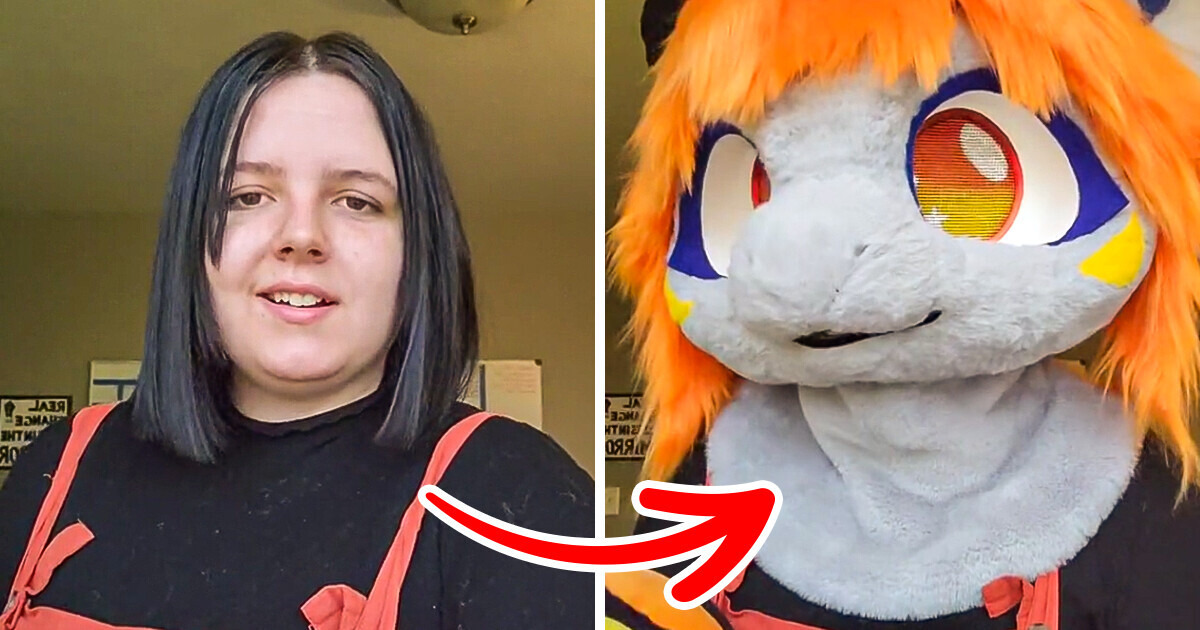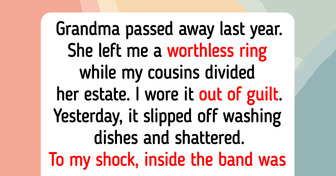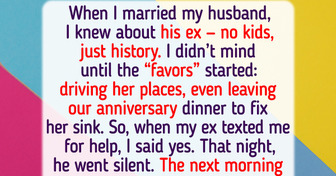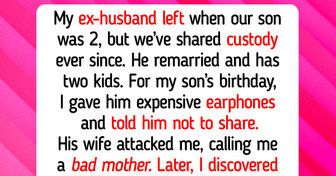12 Family Secrets That Could Rival Any Hollywood Storyline


A school teacher decided to open up about her passion away from the classrooms, and it’s causing a stir online. The 22-year-old revealed she enjoys dressing up as a furry cartoonish animal and identifying as one, and explained why people shouldn’t judge her way of life.
In an interview, 22-year-old preschool teacher Flint spoke candidly about the other important part of her life, one she’s afraid might get her shunned by people, including those close to her. She’s a furry and identifies as a Dutch Angel Dragon, a furry character she created and that she dresses as often. However, she hides her “fursona” (more on that later) due to the disapproving and judgmental views of the subculture by the general public.
“I don’t talk about it very much,” Flint said. “Just because there is unfortunately still a negative connotation to the hobby.” According to the teacher, media contributes too much of the negativity surrounding furries. “From the very beginning of the fandom, there has been misinformation. TV and media have not understood what our hobby is and then assumed and projected other things onto us,” she added.
Despite the negative public perception, Flint kept pursuing the hobby whilst keeping up with her daytime job, and evolving her crafting skills, especially when it comes to creating costumes. So much so that, even with all the bias there is towards the furry community, which is estimated to be around 250,000 people in the US alone, she still managed to find a way to capitalize on her pastime by making costumes for fellow furries and selling each for $1,200.
Flint traces back her interest in the furry subculture to cosplay and sewing. “I picked up the hobby in the winter of 2020, but ever since I was 12, I’ve done cosplay and made costumes,” Flint explained. “I’ve always made clothes for myself; my mom taught me how to sew very early on, but I wanted to challenge myself, so online, I was looking around, and I saw other people making these things.”
As she started out in the hobby, Flint herself thought furries were “really weird” and refrained from labeling herself as one, even though she liked dressing up as an animal. Since then, the teacher has managed to embrace herself as a furry and gained the courage to express it publicly.
“I began to reflect on myself and realized that I was probably a furry, because I wanted one of the costumes,” Flint admitted. “So, I just dove in and made myself a character because I just wanted to give it a try, and now that I’m here, I’m just kind of figuring it out and having a lot of fun doing it.”
Being a furry isn’t the same thing as being a cosplayer. Although the two might have things in common, they are different communities. While cosplaying is all about dressing up in costume as a fictional character or a famous person, furries’ fursuits are usually built based on characters created by the person itself, and wearing them is optional, with some people never wearing any related clothing or accessory at all.
In a broad sense, furries are people with an interest in anthropomorphized animals, which are animals with human-like features, such as being able to talk or walk on their hind legs. This means furries can range from those who are simply fans of pop culture characters like the well-known ones from Sonic the Hedgehog or Pokémon, to those who develop an alter ego (fursona).
The fursona is how furries “represent themselves when interacting with other members of the fandom,” according to an expert in the matter. Devolving a fursona usually begins with picking an animal, that can be real or mythical, to personify them, but how invested furries are on their fursonas can vary. “For many it’s just a cutesy avatar to represent yourself to people,” the expert revealed. “For others, it’s much more deep and meaningful.”
But do furries actually see themselves as animals? Although it’s a question with a complex answer, the truth is 1 in 3 furries report feeling not 100% human. Some mean it in the physical sense, while others think of them as animals mentally or spiritually. In all, around 38 to 53% of people in the furry community wish they could be 0% human, if given the possibility.
A trans woman, who was dubbed a “human Ken doll” before transitioning, spent 1 million dollars on plastic surgery in order to look like a Barbie doll. After going under the knife countless times, she has finally vowed to stop, as she reached a look that leaves many stunned.











